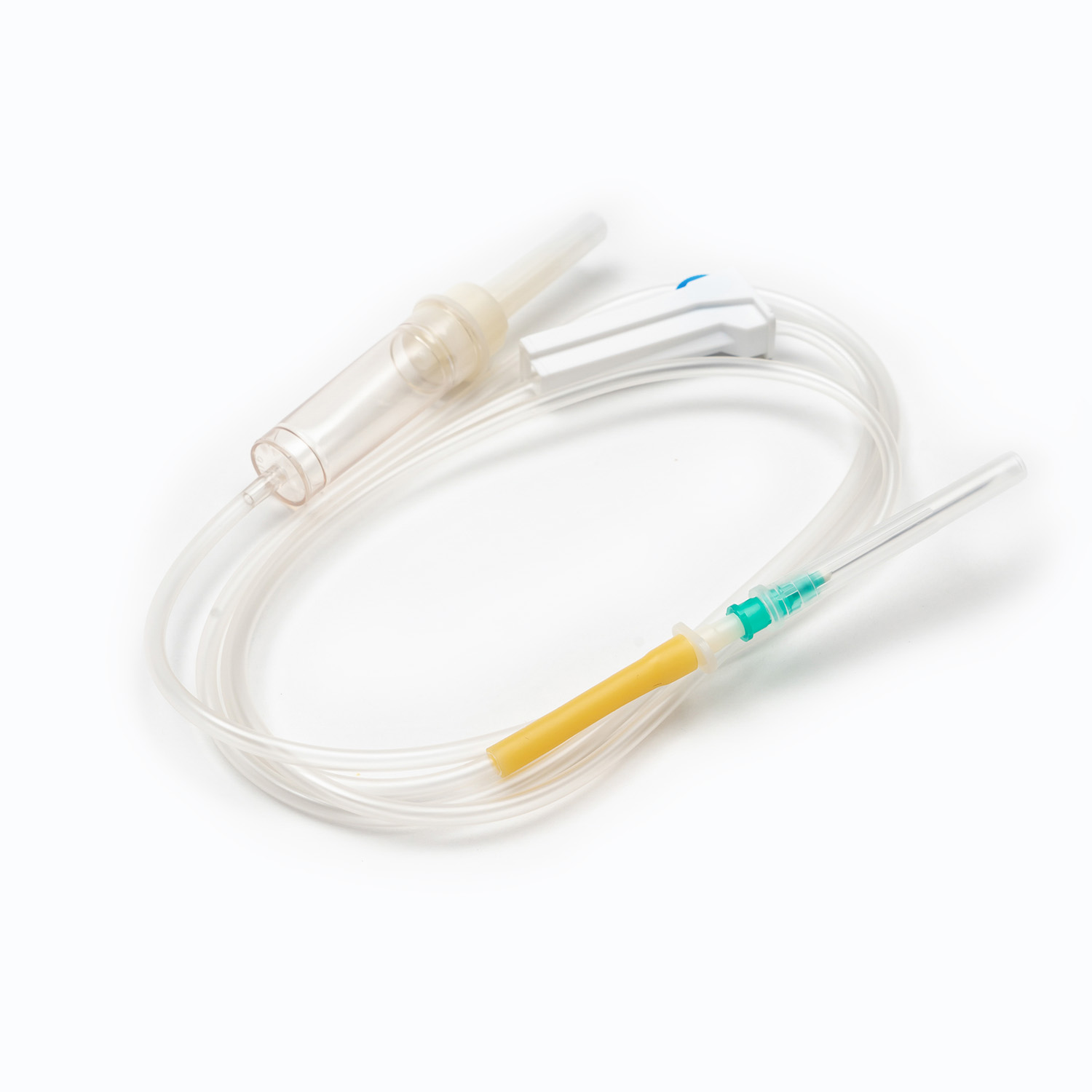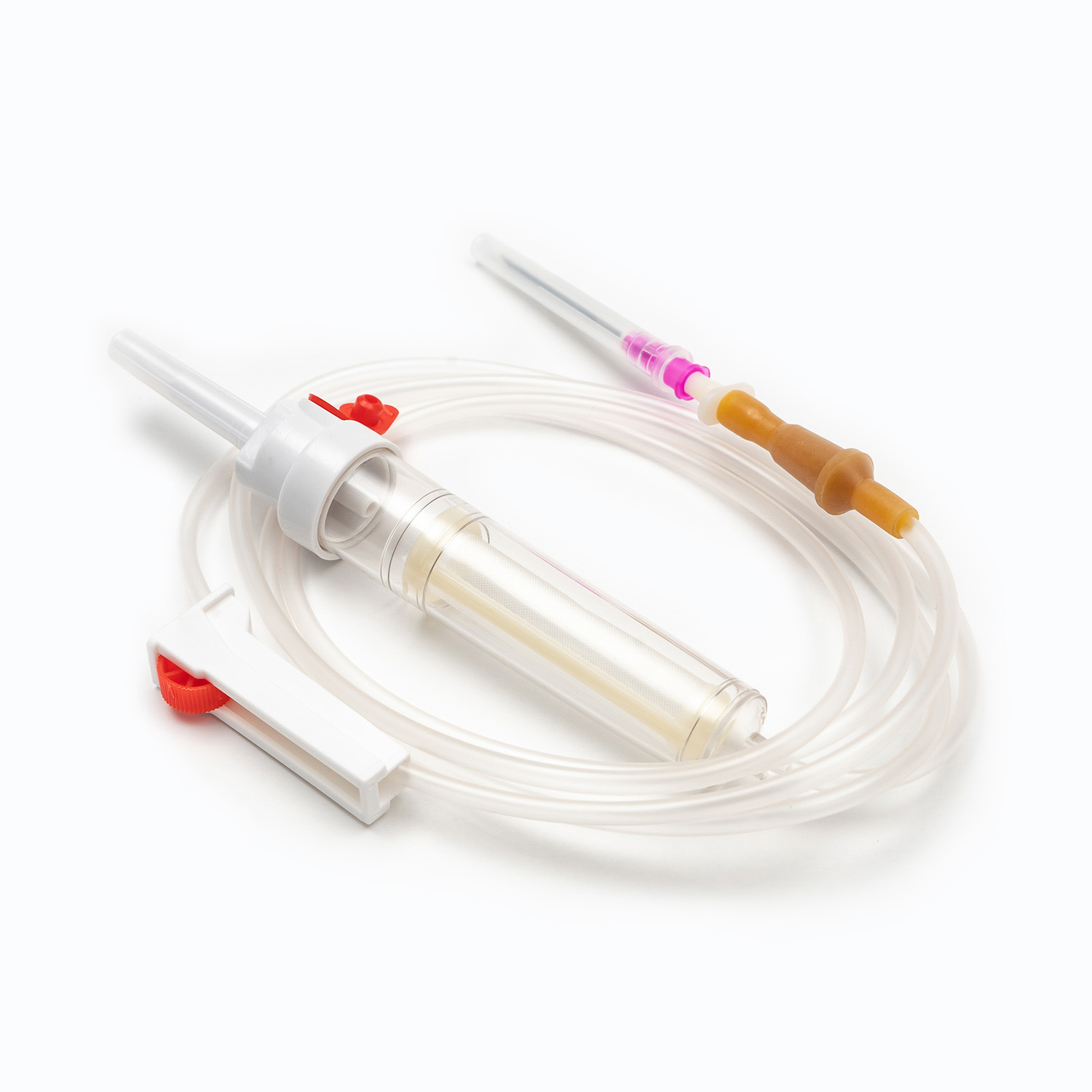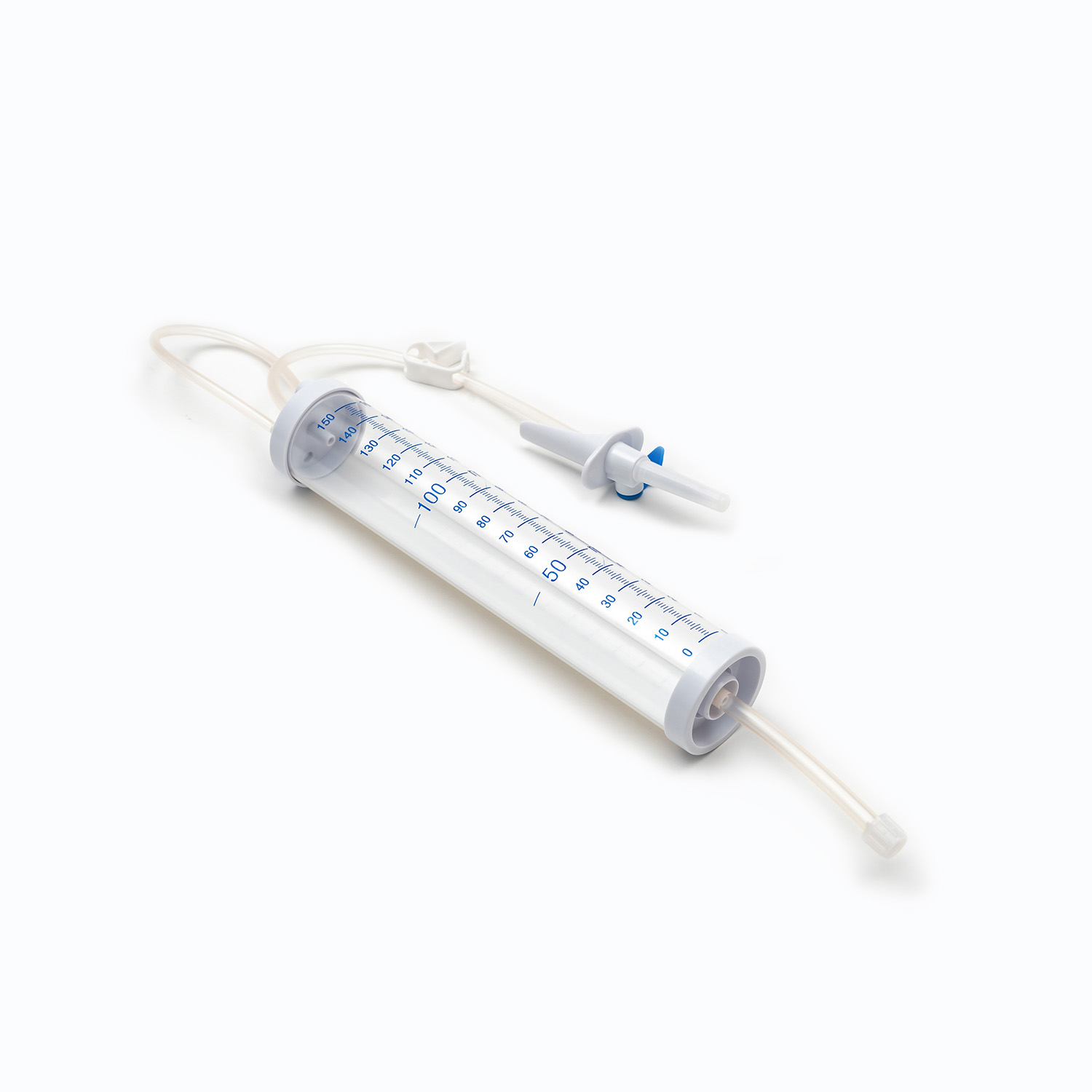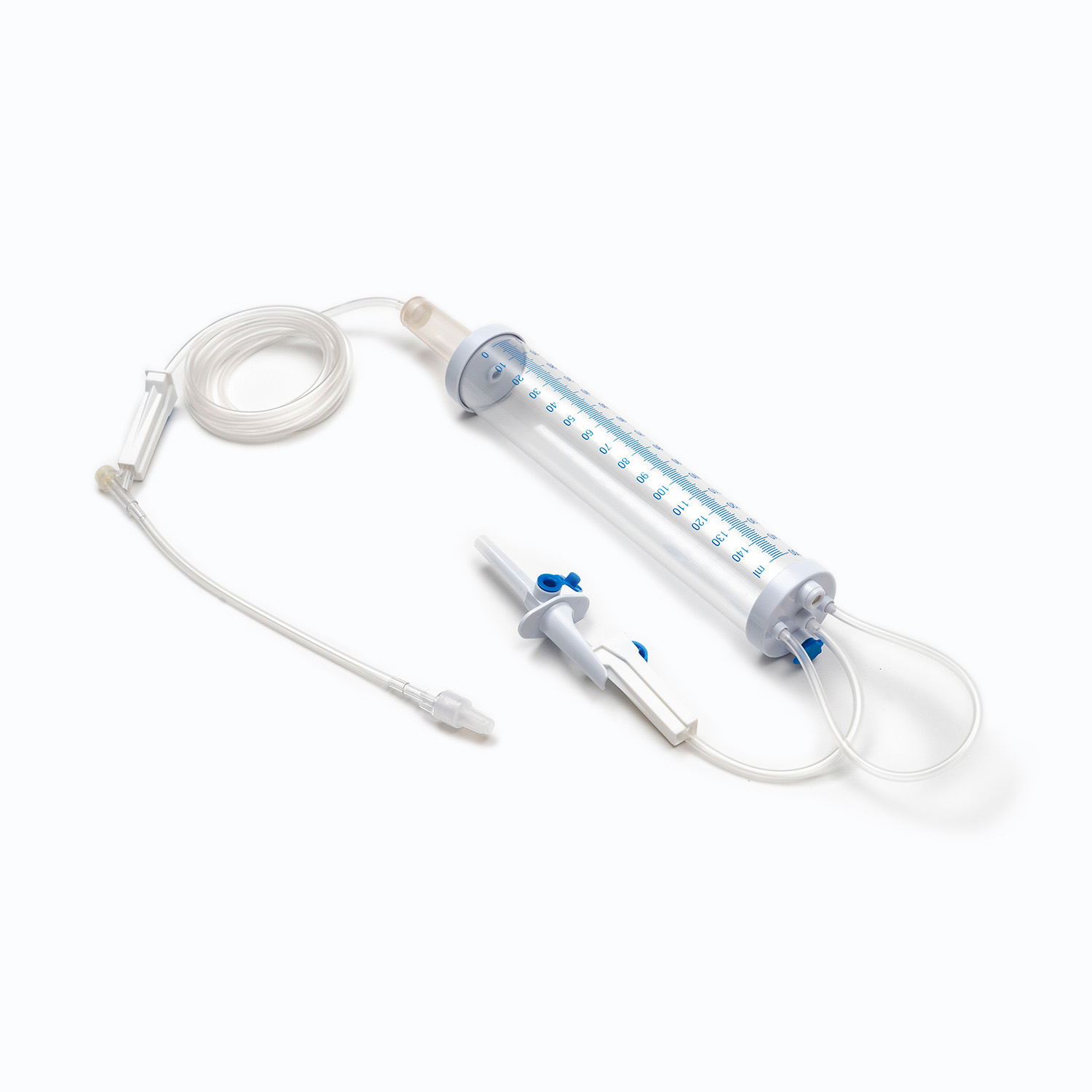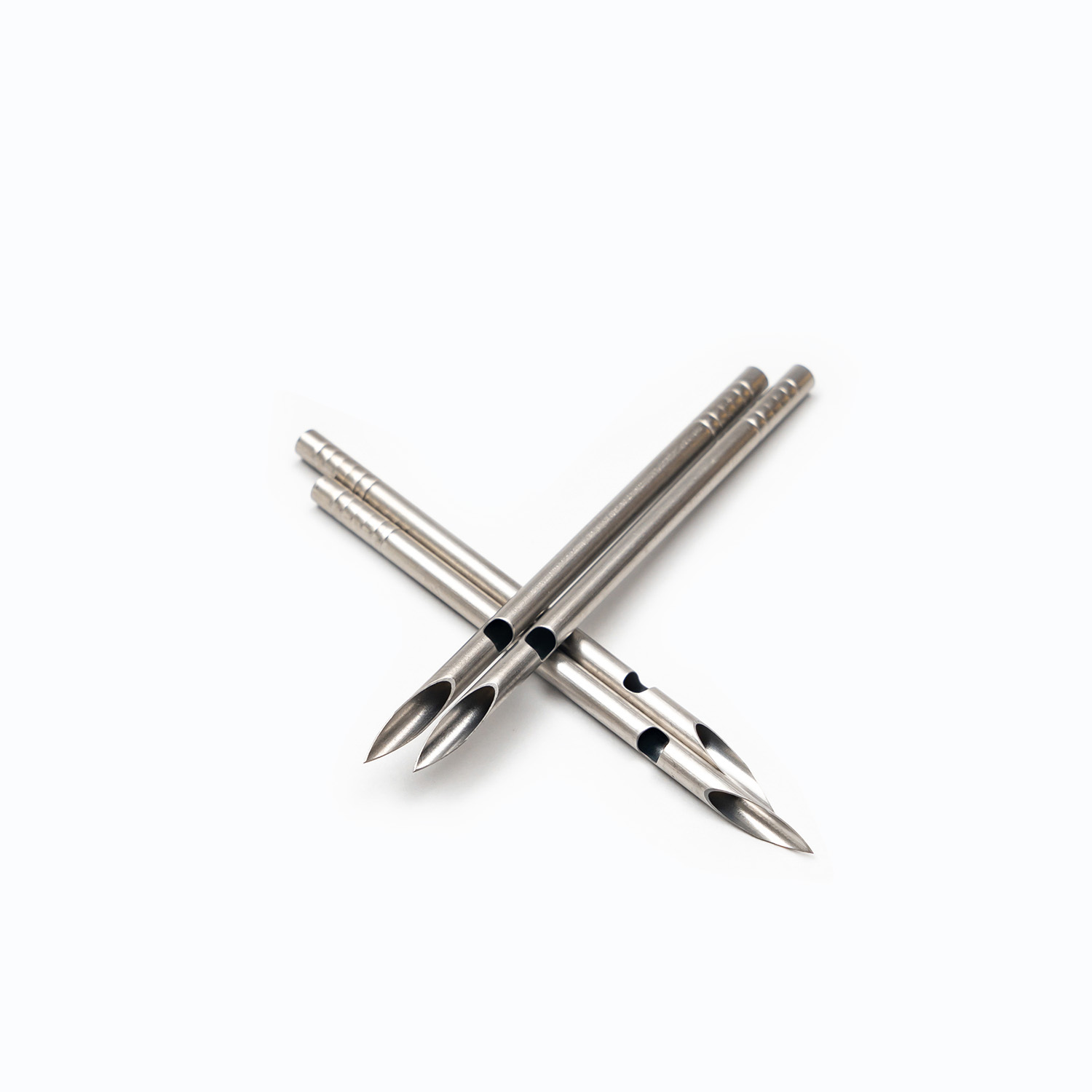Innovation in urinary catheter technology: from materials to design, isn’t it a profound commitment to the quality of life?
Jul 08,2024
In the vast starry sky of medical technology, the urinary catheter is a small but crucial star, and its technological innovation continues to lead a new chapter in urinary system care. From the initial simple design to today's highly specialized and personalized products, the catheter has undergone a comprehensive upgrade from material to design, bringing patients a safer and more comfortable use experience.
Early urinary catheters were mostly made of rubber or latex. Although these materials have a certain degree of elasticity, they have poor biocompatibility and are prone to allergic reactions and urethral injuries. With the rapid development of materials science, polymer materials such as silicone and polyurethane have gradually become the mainstream choice for the production of catheters. These new materials not only have excellent biocompatibility, reducing the risk of allergic reactions in patients, but also significantly improve the comfort during insertion and retention due to their good softness and elasticity.
Even more striking is that some high-end catheters also use antibacterial coating technology. This coating can effectively inhibit the attachment and reproduction of bacteria on the surface of the catheter, greatly reducing the incidence of urinary tract infections. For patients who need long-term indwelling catheters, this technological innovation is undoubtedly an important health defense line.
While the material is being innovated, the design of the urinary catheter has also undergone profound changes. Traditional catheters often only focus on their basic functions, while ignoring the patient's experience and comfort. Today, with the change of medical design concepts, the design of catheters pays more attention to patient-centeredness, striving to improve the patient's quality of life while ensuring the treatment effect.
On the one hand, the design of the urinary catheter pays more attention to humanization. For example, the advent of self-lubricating catheters reduces the friction during insertion through internal coating technology, greatly reducing the patient's pain. The catheter with an adjustable airbag design allows medical staff to accurately adjust the size of the airbag according to the patient's specific situation, which not only ensures the stability of the catheter, but also avoids compressive damage caused by excessive airbags.
On the other hand, the design of the urinary catheter also pays more attention to convenience. Some new catheters use an easy-to-install connector design, which simplifies the replacement process and reduces the workload of medical staff. At the same time, some catheters are also equipped with functions such as scale markings or color coding, which facilitates medical staff to accurately record urine volume or distinguish different types of catheters, improving work efficiency and accuracy.
The comprehensive upgrade of urinary catheter technology is a microcosm of the progress of medical technology. From material innovation to design innovation, every step embodies the medical community's pursuit of quality of life and attention to patient needs. In the future, with the continuous development of technology and the continuous deepening of medical concepts, catheters will become more intelligent, safer and more comfortable, bringing good news to more patients.



 English
English Français
Français русский
русский Español
Español





